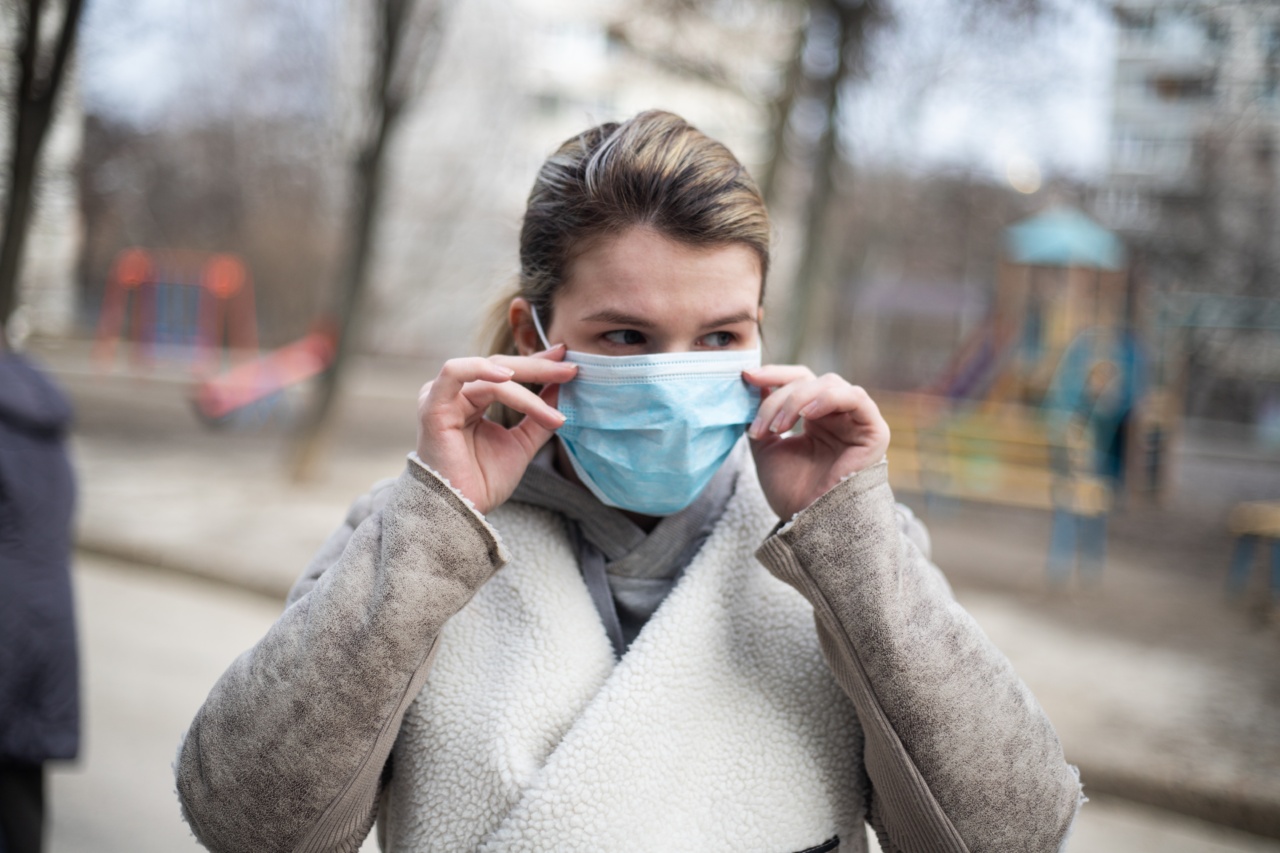The flu and the common cold are respiratory infections caused by different viruses, but they share many similar symptoms.
Both are highly contagious and can spread easily from person to person through respiratory droplets when someone with the virus coughs or sneezes. However, it is rare to contract both the flu and the cold virus at the same time. Let’s explore why.
The Differences Between the Flu and the Common Cold
The flu and the common cold share common symptoms such as a runny nose, headache, and fever. But, the flu is caused by the influenza virus, while the common cold can be caused by several different viruses.
Additionally, flu symptoms tend to come on suddenly and are more severe than cold symptoms. The flu virus can also cause complications such as pneumonia, which can be life-threatening. While cold symptoms can be quite uncomfortable, they are not usually as serious as flu symptoms.
The severity of the symptoms, in addition to the different viruses that cause these respiratory infections, are certainly two reasons why contracting both the flu and the cold virus at the same time is rare.
Your Body’s Immune Responses
Your immune system is quick to respond to infections caused by viruses, bacteria, and other pathogens that enter your body. When you become infected with a virus, your immune system has two types of responses, innate and adaptive.
Innate immunity is the first line of defense and involves white blood cells, such as neutrophils and macrophages. This response happens quickly and doesn’t require prior exposure to the pathogen. Adaptive immunity is the body’s second line of defense and is specific to the pathogen that causes the infection.
It takes a few days develop, and it relies on memory B cells and T cells to provide long-term protection against the pathogen.
If your body is exposed to the flu and the common cold virus simultaneously, both viruses will begin to multiply and infect your cells. Your innate immune response will kick in immediately and begin eliminating the viruses.
The body’s adaptive immune response takes a few days to develop, and it is activated once a particular virus is identified. Because the flu and the common cold viruses are different, each immune response is tailored to the specific virus it is fighting. It is very rare for the body to develop an immune response for two unrelated viruses at the same time.
Therefore, contracting both the flu and the cold virus at the same time is exceedingly rare.
The Role of Hygiene and Prevention
Contracting both the flu and the cold virus simultaneously is exceedingly rare due to the different viruses that cause these illnesses and the immune responses they trigger. However, it is still possible to contract both viruses if you are not careful.
Hygiene and prevention are both critical components in preventing the spread of the flu and common cold. Here are some tips to protect yourself:.
- Wash your hands regularly with soap and water for at least 20 seconds
- Avoid touching your face
- Use hand sanitizer if soap and water are not available
- Cover your coughs and sneezes with a tissue or your elbow
- Avoid close contact with people who are sick
- Stay home if you are sick
- Use common sense and good judgment when it comes to protecting yourself and others from the flu and the common cold
Final Thoughts
While it is possible to contract both the flu and the common cold, it is rare due to the different viruses that cause these illnesses and the immune responses they trigger.
Your body’s innate and adaptive immune responses play a critical role in protecting you from infections. Practicing good hygiene and prevention strategies can help reduce your risk of catching the flu and the common cold.




























